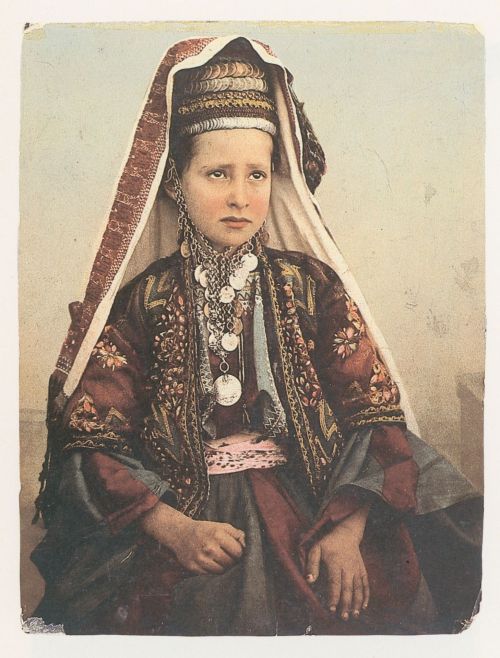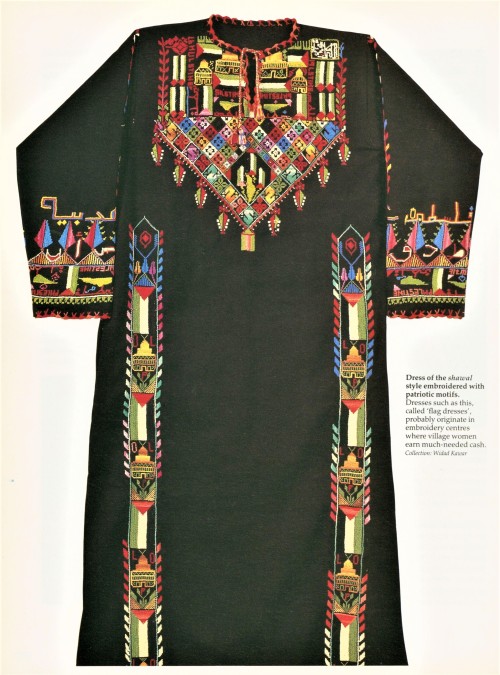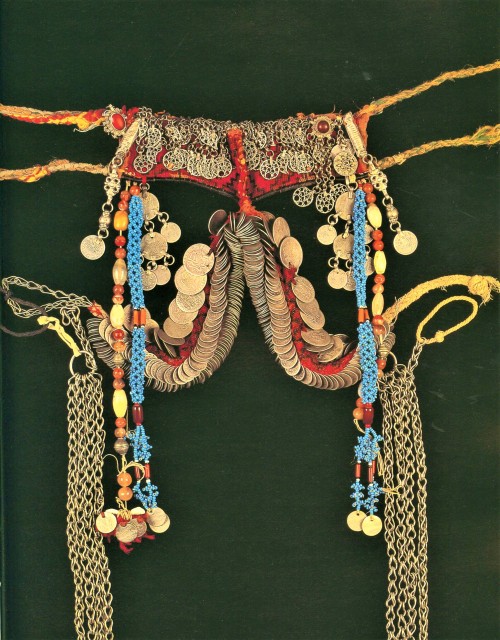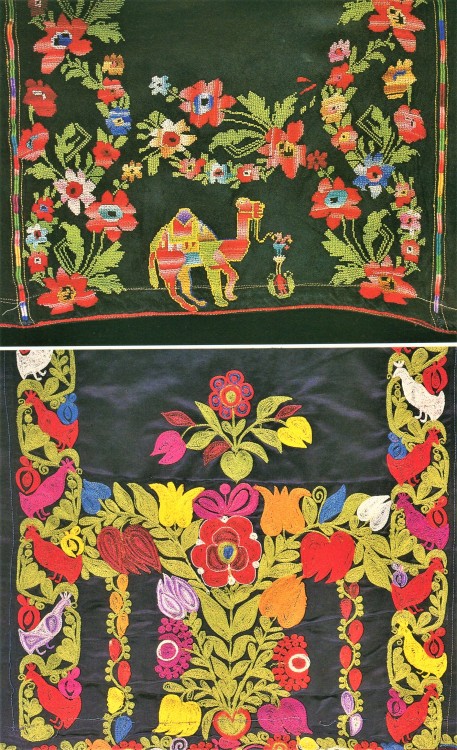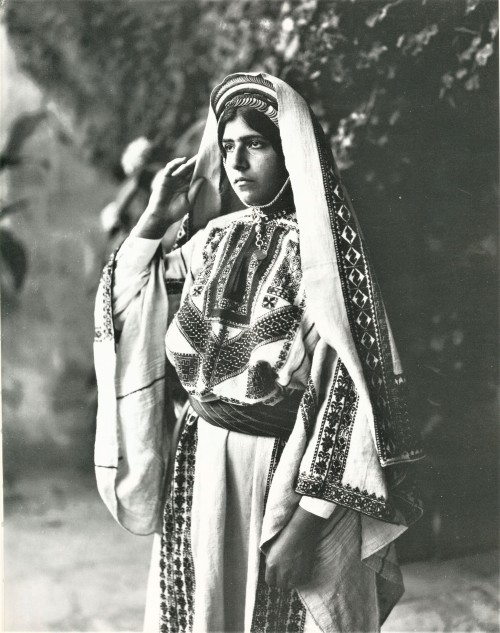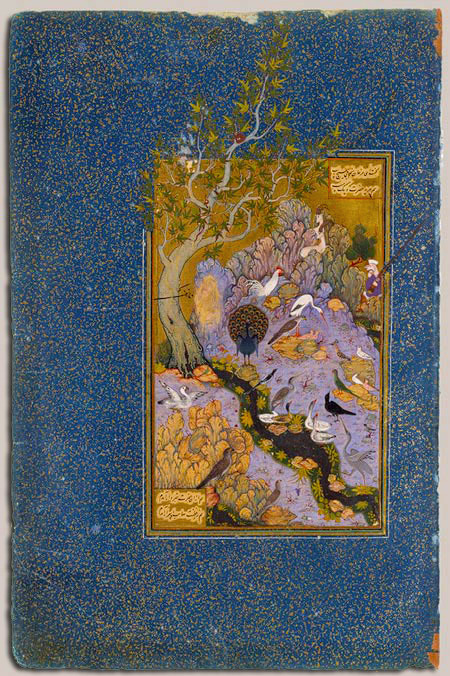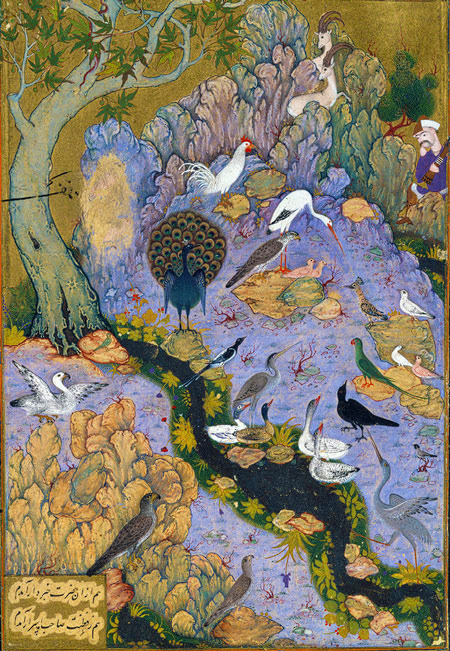#west asia
[Above Image] The war museum in Khorramshahr.
Khuzestan has a plethora of famous archaeological monuments dating back thousands of years, including the great Elamite zigguarat at Choghal Zambil; the first vaulted ceiling in the world at the royal grave at Haft Tapeh;theElamite city of Shush, where Hammurabi’s code was found;theAchaemenid palace of Shush, the bureaucratic heart of my own namesake’s 5th century empire; the tomb of the Biblical prophet Daniel; and the bridges built by the defeated Roman armies of Valerian.
But for the student of modern Iran, the most significant monuments in Khuzestan are those of the Iran-Iraq War. This was the longest conventional war in the 20th century, lasting from September 1980 to August 1988. About one million Iraqi and Iranian soldiers died, making it as well one of the century’s costliest. The war featured massive battles involving land mines and chemical warfare, attacks on oil tankers throughout the Persian Gulf, and attacks on both countries’ major cities using artillery and scud missiles.
The U.S. became involved in hostilities with Iranian forces several times, and it is important to remind Americans of this, because although most Iranians remember these incidents vividly, we for the most part do not. OnApril 14, 1988, a mine badly damaged the USS Roberts, and the U.S. responded with the largest naval engagement since World War II, fighting Iranian forces along the 900-mile coastline. During Operation Praying Mantis, as it was called, American vessels crippled or sank six Iranian ships and two oil platforms in a mere nine hours. No American lives or ships were lost; the Iranians, however, suffered heavy casualties.
In an incident perhaps even more significant for Iranians, in July 1988, the cruiser USS Vincennes shot down Iran Air Flight 655, killing all 290 civilian passengers on board. The Vincennes launched its missiles from within Iranian territorial waters, Admiral Crowe later reluctantly admitted; the U.S. paid compensation but never formally apologized. The actions of the Vincennes’ commander have been carefully analyzed by Lieutenant Colonel David Evans of the U.S. Marine Corps; the incident is now a case study used in naval academies to teach what not to do in similar circumstances. After reading Evans’ devastating reconstruction of events, it is hard not to conclude that the commander of the Vincennes deliberately shot down a civilian aircraft.But these events, while important in retrospect, were not the heart of the fighting in the province of Khuzestan. Early in the war, the Iraqis advanced well into Iranian territory in Khuzestan, grinding to a halt at the foothills of the Zagros, a 700-mile-long mountain chain stretching from the Caucusus to the Persian Gulf. The Iranians counterattacked, and the battle for Khorramshahr was engaged.
Until the outbreak of war, the city of Khorramshahr on the Shatt al Arab was one of the most cosmopolitan cities in Iran. It had a population of 150,000 and numerous foreign consulates. It was a major port and trading city.
During the first Battle of Khorramshahr (1980), it took the Iraqi army almost a month to occupy the city, at the cost of about 6,000 casualties.Although Khorramshahr was defended by 3,000 ill-equipped, ill-trained Iranian soldiers, the population soon joined them. By the end of the battle, the city was depopulated. During the second Battle of Khorramshahr (1982), the Iranian army took back the city with huge wave attacks and reportedly suffered heavy casualties. Survivors describe the battle much like Americans describe D-Day. Once the city was taken, Iranians poured into the streets and exchanged sweets.
–From the Inside, Looking In: Sickness, War, and Remembrance in Iran, by Darius Rejali. 2007.
The essay is adapted from a talk given by Reed political science professor Darius Rejali at the conclusion of the Fall 2006 Public Policy Lecture Series, Understanding Iran: Images and Realities.
Post link
Today,May 1st, 2017 marks the public launch of the Endangered Archaeology in the Middle East and North Africa (EAMENA)project.
EAMENA’s primary aim is to rapidly record and evaluate the status of the archaeological landscape of the MENA region in order to create an accessible body of data which can be used by national and international heritage professionals to target those sites most in danger and better plan and implement the preservation and protection of this heritage.
If you are interested in the on-going work to preserve, protect, and document the archaeological history and heritage of the Middle East and North Africa, please check out EAMENA and their blog! They are an invaluable new resource helping to preserve people’s histories.
The Dura Europos Synagogue, Dura Europos, Syria. Images of the Excavation and Frescoes via the Yale University Art GalleryandYale Divinity School Eikon Database.
Initially, I had preplanned this post in light of the upcoming Jewish holiday of Pesach (in English, Passover), which begins at sundown on April 10th, 2017. In the 1920′s and 1930′s, Yale University and the French Academy of Inscriptions and Letters began excavation work of the Roman city of Dura Europos, located in modern day Syria.

As an archaeological site, Dura Europos provided a early archaeologists with an amazing view into the expanses of the Roman Empire, and the great diversity which existed within this city. The city has provided endless fascinating discoveries: it gives us our earliest found example of Chemical Warfare between the Sassanids and the Romans in 265 CE, as well as the earliest found example of a Christian Church, and the earliest found example of a Jewish Synagogue at the site, where inscriptions inform us that in 244 CE, a Jewish leader of the local community enlarged and refurbished the synagogue.
The frescoes beautifully illustrate a variety of scenes from the Jewish Tanakh (Hebrew Bible), including scenes following Moses’ life in the Book of Exodus. Above are two fresco scenes: the first depicts the infancy of Moses, and his rescue from the Nile, before the wife of the Pharaoh hands her adopted son to Moses’ real mother, who then serves as his Hebrew nursemaid. The second is a later scene which moves from left to right.
The scene begins with Moses leading the Israelites out of Egypt, then transitions, showing Moses raising his staff as the parted seas crash down upon Egyptian armies, before the scene ends with Moses and the Israelites standing together under the outstretched hands of God, having successfully survived their flight from Egypt.
And this is where this planned post took another course – I could not write about the history of Dura Europos without discussing the present of Dura Europos, and the state of Syria. Due to ISIL/Daesh activity, Dura Europos has been one of many archaeological or historical sites attacked. As a historian who works with artistic and archaeological material, I understand that the destruction of our past is a dangerous thing, and that destroying heritage and culture (especially of minority religions) is a part of terrorism.
However, I also understand that it is our human duty to be concerned for humanity first, and objects second.
The story of Exodus is a story of refugees, and it therefore feels imperative to talk about the refugees of today. In this case, the story is about Syrian refugees, but in 2015, the UNCHR estimated that about 60 million people in the world are refugees, internally displaced, or seeking asylum. Syrians accounted for roughly 11 million of those people. The Syrian Jewish community has dwindled over several decades: in the 1970′s, the population of Syrian Jews was roughly 4,600 people. Over the course of about thirty years, Canadian music teacher Judy Feld Carr helped smuggle some 3,228 Syrian Jews out of Syria. By 2014, the total Jewish population of Syria was thought to be under twenty remaining people, and after a 2015 rescue operation for the Halabi family organized by Israeli Authorities and assisted by Muslim rebels in Aleppo, it is suspected the remaining number of Jews in Syria is zero, or close to it.
The refugee and humanitarian crisis of Syria is not over, however. And while no one person can fix it, each person willing to put forth the effort to help can improve the world. Or, in other words –
You are not obligated to complete the work,
but neither are you free to abandon itלֹא עָלֶיךָ הַמְּלָאכָה לִגְמוֹר, וְלֹא אַתָּה בֶן חוֹרִין לִבָּטֵל מִמֶּנָּה
Pirke Avot,2:20
I know watching a humanitarian crisis anywhere in the world unfold can be overwhelming - and that we often feel like what we do doesn’t matter, or that there is no hope, or that we can’t singlehandedly fix the problems ourselves. Politics can overwhelm many people, threats of war can frighten us into complacency, and that sometimes terrifying times feel incomprehensible, even if we are the ones being affected by them. But I also know that each step gets us a little further to completing the work of making the world a better place.
Here is a listing of Charity Navigator’s highly rated charities working on the Syrian Crisis.
- Asianhistory Mod (Chag pesach sameach, Jewish followers)
Post link
Tower of Toghrul, Rey, northern Iran, circa 1860s.
Tuğrul Tower is a 12th-century monument, located in the city of Rayy, Iran. The brick tower is the tomb of Seljuk ruler Tuğrul Beg, who died in Rayy, Iran in 1063. Rayy exists on the outskirts of the modern day city of Tehran.
Post link

Saudi jockey, Saudi Arabia

Yazidi girls, Iraq, by Claire Thomas
Samira Abbassy, b. 1965
Bird Garden with Intestinal Self Portrait
Iran (2003)
Acrylic, ink, gouache & collage on indian petal paper
Government art collection, London
[Source]
Samira Abbassy’s collage shows a female figure, her hair raised and her internal organs revealed in X-ray fashion. Her expression conveys what Abbassy describes as a state of rapture, as if in a meditative trance. Nearby are trees inhabited by colourful birds, with some of their patterns derived from Indian textile blocks. Inspired by ‘The Conference of Birds’, a 12th-century verse by the Persian poet Farid Al-Din Attar, Abbassy’s work depicts the physical and spiritual elements of human existence.
Post link
Gil & Moti, b. Israel, 1968 and 1971; work in the Netherlands
Self Portrait as Camels in a Jewish Settlement
Netherlands? (2017)
Oil on canvas
Self Portrait with Jewish and Palestinian Dogs
Netherlands? (2017)
Oil on canvas, flat screen, HD video in loop
[Source]
In Israel, where a vast majority of its Jewish population still denies its colonialist status, the multidisciplinary artist duo Gil & Moti stand out. Exasperated by the decades-long conflict that has literally placed walls between Palestinian and Jewish communities, the pair decided to relinquish their Israeli nationality in 2012 and acquire Dutch citizenship. This has allowed them to work side by side with Palestinians in the West Bank—an act that is a criminal offence for those holding Israeli citizenship.
It was 2014 when the duo first entered Palestine to carry out art projects. Gil & Moti spent two years shuttling between Rotterdam and the West Bank, “performing” as volunteers. The artists helped both Israelis and Palestinians build houses on both sides of the security barrier encircling the West Bank that Israel began building in 2002…
In the main exhibition room, most outstanding was Self Portrait as Camels in a Jewish Settlement (2017), a tongue-in-cheek canvas where the artists play with anthropocentrism in the genre of self-portraits. In this painting, the artists portray themselves as defiantly grinning camels. Here, there are no checkpoints or fences or walls, which would be indicative of the conflict zone and construct the notions of “us” and “them.” The camels roam freely and eat whatever they want, even chewing on bits they tore off a house in a Jewish settlement—just like those the artists had helped build…
This predicament of the Palestinians is astutely conveyed in the show’s climatic mixed-media piece Self Portrait with Jewish and Palestinian Dogs (2017), where the sunglasses in the artists’ self-portrait are cut out to reveal HD videos on loop. The embedded screen on the left shows dogs struggling to find their way out of an entrapment in the upper deck of a building. Despite their predicament, the stranded dogs radiate friendliness. Another is seen on the right screen guarding a house in a boundless land, its barks reverberating antagonistically across the exhibition room. The artists said that those acquainted with the Palestinians’ plight would immediately be able to identify which is “Palestinian” and which is “Israeli.”
Post link
Here’s our list of fairy tales, fables, ghost stories, myths, legends, and sacred tales, classified according to land of origin. Many of the stories are available online; others can be found in folktale collections in libraries. Feel free to use these, or any of your own choice outside of this list.
MALAYSIA/SINGAPORE/INDONESIA
Sang Nila Utama and the founding of Singapore
Lancang Kuning
Singapura Dilanggar Todak (The Legend of the Swordfish and Bukit Merah)
Sang Kancil, the Clever Mousedeer
Mahsuri, the Maiden of Langkawi
Bangsat and the King of the Crocodiles
CHINA
Nü Wa creates humans and repairs the sky
Hou Yi shoots the sun, Chang’er flies to the moon
Nian and the Story of Chinese New Year
The Cowherd and the Weaver Girl
Lady Mengjiang and the Great Wall
The Eight Immortals Cross the Sea
Journey to the West (aka Monkey King)
Liang Zhu: The Butterfly Lovers
The Fox Fairy (and anything from Strange Tales of Liaozhai)
The 24 Paragons of Filial Piety
Mulian Rescues his Mother From Hell
Tales from Justice Bao (e.g. the Civet for a Crown Prince)
INDIA
Tales from the Life of the Buddha
The Mongoose and the Jackal
Tales of Suppandi
WEST ASIA
Ali Baba and the Forty Thieves
The Seven Wise Princesses
JAPAN
Hanasaka Jiisan, the Old Man Who Made the Cherry Blossoms Bloom
The Tale of the Bamboo Cutter (aka The Moon Princess)
O-Jizo San, the Grateful Statues
The Tale of the Gallant Jiraiya
KOREA
The Story Bag
The Mirror and the Villagers (aka The Bridegroom’s Shopping)
The Disowned Student and the Field Rat Spirit
The Three Princesses and the Land-Below-the-Earth
PHILIPPINES
Alitaptap, the Princess who became Fireflies
The Creation of the Banana Tree
The Creation of the Rose
THAILAND
Manohra, the Kinnari (Bird Maiden)
VIETNAM
This is a collection of Asian folktales, fairytales, myths, and legends. Good for mixing things up from the usual Greek and Roman variety. I would personally recommend Siti Zubaidah, the Chinese creation myths (Pan Gu and Nü Wa), Journey to the West, the Japanese creation myths (Izanami and Izanagi; Amaterasu and Uzume), Tokoyo, and Kiyohime.
The original post only listed all of this, so I added links for almost all of them (some I couldn’t find resources for). Found this while I was looking at a Singaporean indie publisher.
Re-blogging for reasons
A Palestinian street vendor sells candy and sweets in Hebron, Palestine. Photograph: Hazem Bader
Post link
Fashion Friday
We’re highlighting traditional Palestinian garb this week, with illustrations from Palestinian Costume by the esteemed scholar of Palestinian costume, textiles, and embroidery, Shelagh Weir.Published by British Museum Publications of London in 1989, the book is the product of over twenty years of field research conducted by Weir as curator of Middle East Ethnography for the Museum of Mankind(British Museum). Weir pays special attention to the way costume acts as a sort of social language and pairs this linguistic reading of dress with an analysis of Palestinian wedding songs. It was designed by award-winning book designer Roger Davies and printed in Milan, Italy by Amilcare Pizzi, S.p.A.
Amilcare Pizzi (1891-1974) was an Italian footballer, typographer, and publisher who used his first paycheck from A.C. Milan to purchase a printing press in 1914. In 1933, Amilcare Pizzi became the first company in Italy to employ offset printing. Their factories were completely razed by Allied bombing in 1943, but Pizzi rebuilt and established an international reputation for fine art printing, working for institutions like the Metropolitan Museum of Art, the National Gallery, and the British Museum. The company’s own imprint, Silvana Editorale, publishes primarily exhibition catalogs and fine art monographs.
View photo captions (taken from the publication and edited for length) for more information about the images.
ViewmoreFashion Friday posts here.
-Olivia,Special Collections Graduate Intern
Post link

![[Above Image] The war museum in Khorramshahr. Khuzestan has a plethora of famous archaeological monu [Above Image] The war museum in Khorramshahr. Khuzestan has a plethora of famous archaeological monu](https://64.media.tumblr.com/6212b6281e70697299ec81cd81954593/tumblr_oqh42umFKW1qh6o2ho1_400.jpg)


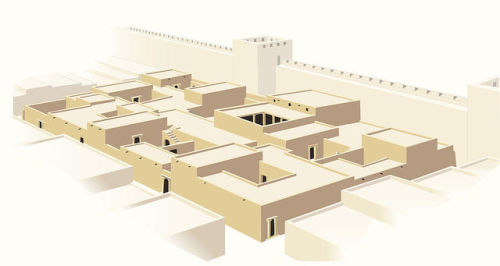
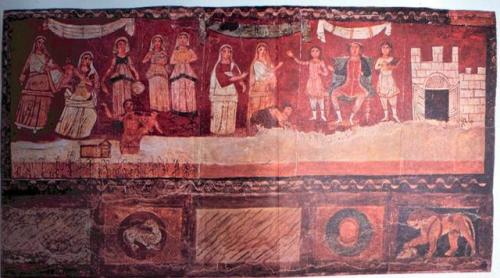
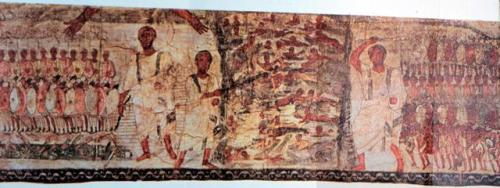




![Haydar Al-Yasiry, b. IraqSelf PortraitUS (2013)Pastel on black paper[Source]He’s a former newspaper Haydar Al-Yasiry, b. IraqSelf PortraitUS (2013)Pastel on black paper[Source]He’s a former newspaper](https://64.media.tumblr.com/2676d1455592030ebb100837b17cc0df/tumblr_pc3hsj1hku1ug5xwdo1_500.jpg)



